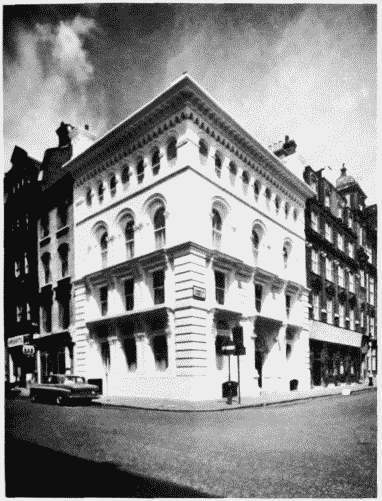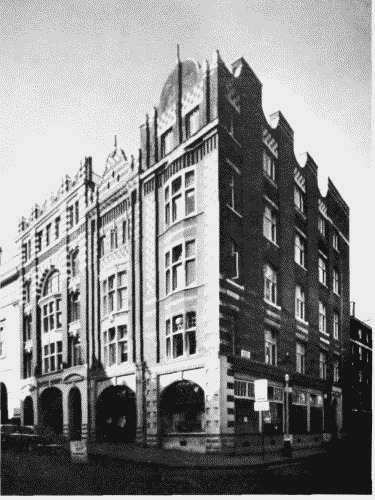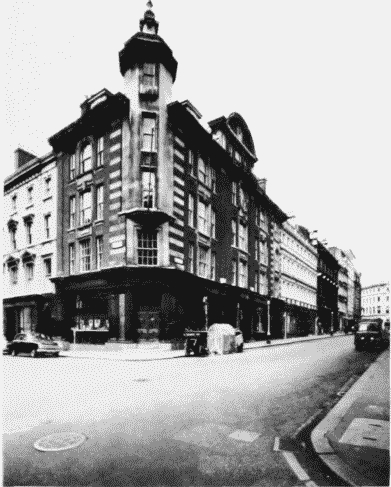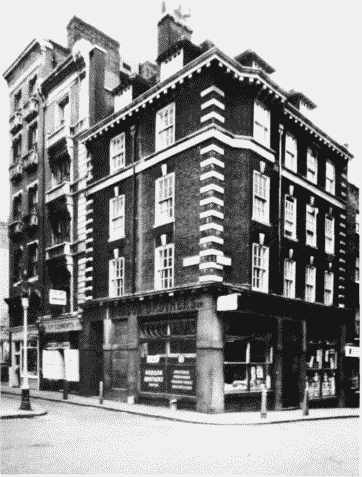Survey of London: Volume 36, Covent Garden. Originally published by London County Council, London, 1970.
This free content was digitised by double rekeying. All rights reserved.
'Plate 71', in Survey of London: Volume 36, Covent Garden, ed. F H W Sheppard (London, 1970), British History Online https://prod.british-history.ac.uk/survey-london/vol36/plate-71 [accessed 18 April 2025].
'Plate 71', in Survey of London: Volume 36, Covent Garden. Edited by F H W Sheppard (London, 1970), British History Online, accessed April 18, 2025, https://prod.british-history.ac.uk/survey-london/vol36/plate-71.
"Plate 71". Survey of London: Volume 36, Covent Garden. Ed. F H W Sheppard (London, 1970), British History Online. Web. 18 April 2025. https://prod.british-history.ac.uk/survey-london/vol36/plate-71.
In this section
a. No. 22 Henrietta Street (1857–8, Charles Gray, architect) and (right) Nos. 23 and 24 Henrietta Street (1885–6, Spencer Chadwick, architect) in 1968 (pp. 237–8)

Nos. 22–24 (consec.) Henrietta Street.
b. Nos. 2–6 (even) Catherine Street, 1902–5, in 1968.

Nos. 2–6 (even) Catherine Street.
H. H. Statham, architect (p. 201)
c. Nos. 10–13 (consec.) Bedford Street, 1911, in 1968.

Nos. 10–13 (consec.) Bedford Street.
E. Keynes Purchase, architect (p. 259)
d. Nos. 23 and 24 (left, 1882 and 1887) and No. 25 (1912–13, Crickmay and Sons, architects) Maiden Lane (pp. 250, 262)

Nos. 23–25 (consec.) Maiden Lane.